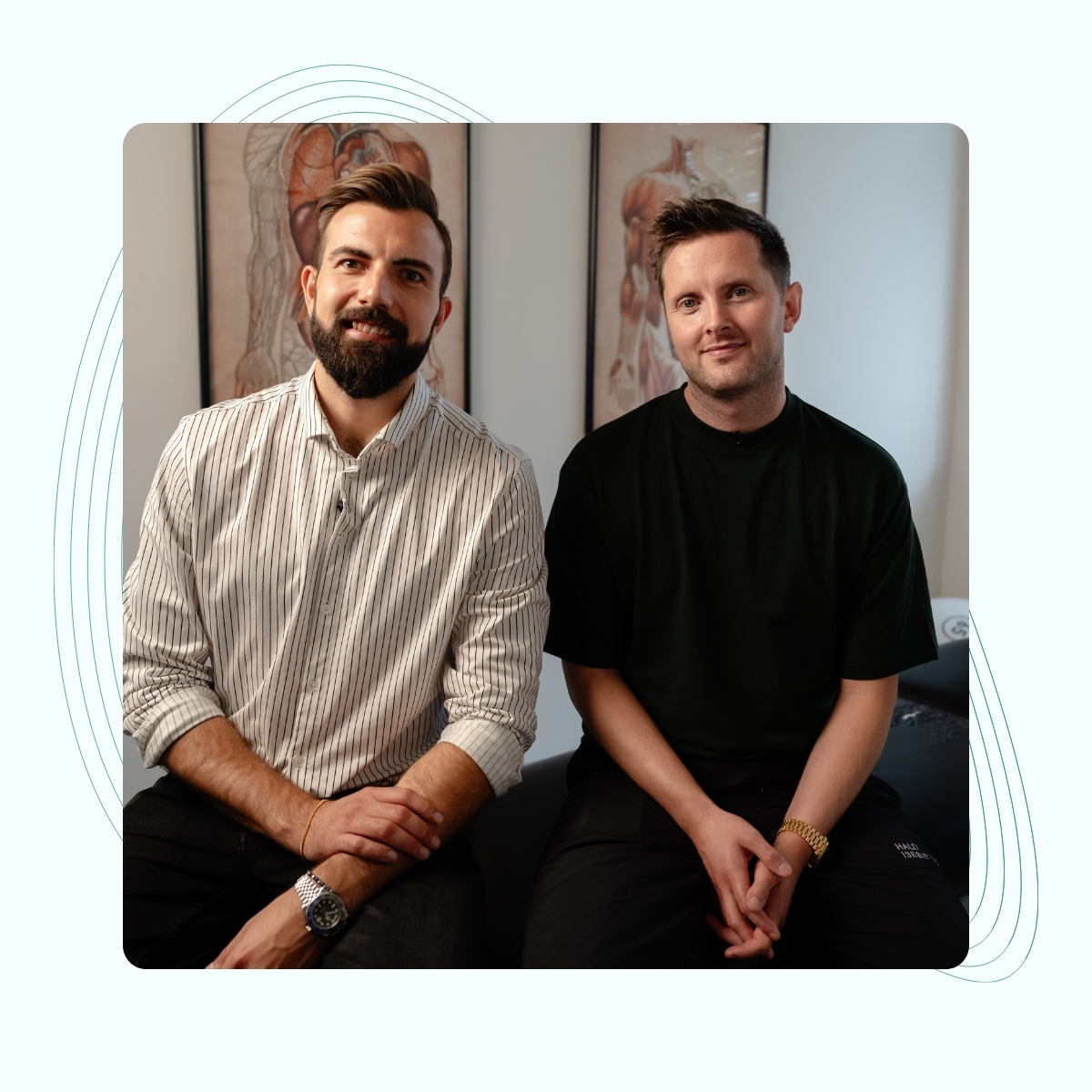We advise on problems from
Brain hemorrhage
Learn more about brain hemorrhages and their treatment
Brain hemorrhage?
The collective term for cerebral hemorrhage and blood clot in the brain is colloquially called a stroke.
A brain hemorrhage occurs when a blood vessel in the brain ruptures, causing bleeding in the brain. Severe symptoms such as sudden severe headache, weakness, difficulty speaking and loss of consciousness require immediate medical attention. Without treatment, a brain hemorrhage can lead to permanent damage or death. Treatment includes emergency surgery, medication and rehabilitation, including physiotherapy and speech therapy. Preventive measures with diet and exercise can reduce the risk, and osteopathic treatment can support lifestyle changes and play a role in rehabilitation after a brain hemorrhage.
Jump to section [Vis]
Cerebral hemorrhage, blood clot and TCI
A brain hemorrhage, also known as an intracerebral hemorrhage, occurs when a blood vessel in the brain ruptures, causing bleeding inside the brain. This can lead to damage to brain tissue and can be life-threatening. (Source: NHS).
A blood clot in the brain, also known as an ischemic stroke, occurs when a blood clot blocks the blood supply to part of the brain. This causes brain cells in the affected area to not get oxygen and nutrients and begin to die. Ischemic stroke is the most common type of stroke and accounts for about 85% of all strokes. (Source: NHS).
Transient cerebral ischemia (TCI) is a temporary period of symptoms similar to those of one of the above strokes, but which does not cause permanent damage. It is caused by a brief interruption of blood flow to part of the brain, and the symptoms typically resolve within 24 hours, often much sooner. (Source: Sundhed.dk).

Causes of cerebral hemorrhage
The causes of brain hemorrhages and blood clots are many, as several different factors and circumstances can contribute to or cause a stroke. The most common causes include:
- High blood pressure (hypertension): Long-term high blood pressure can weaken blood vessels in the brain, increasing the risk of them rupturing.
- Aneurysm: A weakened part of a blood vessel that can rupture and cause bleeding.
- Head trauma: Injuries to the head can lead to bleeding in the brain.
- Blood-thinning medications: Medications that reduce the blood’s ability to clot can increase the risk of bleeding.
- Congenital defects of blood vessels and heart: Abnormalities in the structure of blood vessels can lead to bleeding.
- Other medical conditions: For example, liver diseases that affect the blood’s ability to clot, or type 1 and 2 diabetes.
- Heavy alcohol consumption and smoking, unhealthy diet and lack of exercise.
Source: Sundhed.dk
Symptoms of brain hemorrhage
The most common symptoms of a stroke are facial paralysis, difficulty speaking, and paralysis of one side of the body.
The symptoms of a brain hemorrhage can vary depending on the location and extent of the bleeding, but common symptoms include:
- Sudden and intense headache
- Weakness or numbness in the face, arm, or leg, often on one side of the body
- Difficulty speaking or understanding speech
- Visual disturbances
- Loss of balance or coordination
- Loss of consciousness or decreased level of consciousness
- Nausea and vomiting
Diagnosing cerebral hemorrhage
First of all; if you have symptoms of a stroke, you should call 9-9-9.
At the hospital, the medical history is taken, which in most cases is enough for the doctors to establish the diagnosis. The diagnosis of stroke is an acute medical condition that requires rapid assessment and treatment to minimize brain damage and improve the patient’s survival and recovery. The process involves a combination of clinical assessment, imaging and laboratory tests. Here are the most important steps in diagnosing a stroke: medical history, neurological examination and CT/MRI scan of the brain. In addition, blood pressure, electrocardiogram (ECG) and blood tests are also performed. (4)

Treatment of cerebral hemorrhage
Treatment of a cerebral hemorrhage can be divided into acute measures and long-term measures (5).
Acute:
- Surgery: To stop the bleeding and relieve pressure on the brain, surgical procedures such as craniotomy, or the use of clips to treat aneurysms may be necessary.
- Medication: To control blood pressure and prevent cramps or further bleeding, various medications may be used.
Long term:
- Controlling risk factors: Treating high blood pressure and avoiding blood-thinning medications that can increase the risk of bleeding.
Complications after cerebral hemorrhage
The extent, location, and severity can lead to a number of complications that can have short-term, long-term, or lifelong aftereffects.
Motor and sensory problems: involve paralysis or paresis (most often unilateral), loss of sensation, and coordination problems (ataxia).
Speech and language problems: Aphasia, problems speaking, understanding, reading, or writing. Dysarthria, impaired or slurred speech due to muscle weakness in the mouth, tongue, or face.
Cognitive and emotional problems: Challenges such as apathy, depression and anxiety, as well as cognitive impairments, such as memory problems, inability to make decisions and solve problems.
Chewing and swallowing difficulties: dysphagia, swallowing difficulties that can lead to an increased risk of pneumonia (aspiration pneumonia), due to food and liquid being passed through the trachea instead of the esophagus.
Vision problems: Loss of vision in part of the visual field, as well as problems with eye movements in certain directions, or together.
Bladder and bowel dysfunction: Incontinence and constipation can occur due to lack of bladder and bowel control.
Pain: Chronic pain following damage to the nervous system.
Secondary problems: Pressure sores and deep vein thrombosis – blood clots in the legs after prolonged inactivity.
Prevention of cerebral hemorrhage
Good advice on preventing cerebral hemorrhage can be found in the Danish Health Authority’s recommendations:
Healthy, balanced and varied diet (6)
- 600 grams of fruit and vegetables every day, of which at least 300 grams are vegetables.
- Eat more fish and whole grains
- Drink more water, 2-4 liters daily depending on physical activity.
Stop smoking and cut down on alcohol intake
Prescribed medication, e.g. for high blood pressure
Regular exercise (7)
- For adults, 30 minutes of moderate-intensity exercise per day is recommended, as well as strength training for the larger muscle groups at least twice a week.
- For older people, 30 minutes of moderate-intensity exercise per day is recommended. As well as strength training for the larger muscle groups at least twice a week. In addition, it is recommended to train balance to minimize the risk of falls.

Rehabilitation
Rehabilitation after a stroke is essential and crucial for the patient in the attempt to regain as much of the patient’s previous level of function as possible, as well as significantly increase the quality of life. Rehabilitation is a comprehensive process, typically involving multiple professionals and different types of therapy.
Rehabilitation includes physiotherapy, occupational therapy and speech therapy in an attempt to help the patient regain lost skills and improve quality of life.
Physiotherapy can contribute with exercises and treatment of mobility, strength and flexibility as well as gait training, balance training and coordination training. It is an important step for the patient in regaining previous functional ability and helps the patient to increase the body’s “foundation” against any future illnesses and problems.
Occupational therapy helps the patient retrain skills needed for daily activities, such as dressing, bathing, and eating. It also assesses whether changes need to be made to the home and whether assistive devices need to be adapted to support the patient.
Speech therapy helps the patient improve their ability to speak, understand, read, and write. In addition, work is often done to improve swallowing, if it is affected.
Lifestyle changes and prevention are an important part of the work to prevent future strokes. This involves, among other things, diet and nutrition to control blood pressure and cholesterol levels. Exercise is important for maintaining and improving one’s physical capacity and health – it strengthens the heart and also has an effect on mood, understood in the way that exercise secretes endorphins that contribute to positive thinking and can have a pain-relieving effect. (8)
Osteopathy can contribute with a holistic view of the patient and supports ongoing initiatives. Gastrointestinal function and bladder functions are typically affected after a brain hemorrhage. Osteopathy can contribute here by, for example, creating increased mobility and motility in the intestines to help with constipation, bloating, etc. (9)
Osteopathy may also involve treatment of the patient’s nervous system, musculoskeletal system, respiratory and circulatory system, psychological factors, endocrine system, and general health measures and changes.
Brain hemorrhage vs. cerebral infarction
Cerebral hemorrhage and cerebral infarction are two different types of strokes, both of which can cause serious brain damage, but they have different causes and treatment methods. (10)
Brain hemorrhage occurs when a blood vessel in the brain ruptures and causes bleeding into the surrounding brain tissue.
Cerebral infarction occurs when the blood supply to part of the brain is blocked, leading to oxygen deprivation and death of brain tissue.
Both conditions are serious and require emergency medical treatment. Both types of stroke cause symptoms such as loss of balance, weakness, and difficulty speaking. The differences between them include the following:
Cause: Cerebral hemorrhage is caused by a ruptured blood vessel and bleeding, while cerebral infarction is caused by a blockage of the blood supply.
Symptoms: Brain hemorrhage often has more prominent headaches and loss of consciousness.
Treatment: Treatment methods differ, especially regarding the use of acute blood-thinning medication for cerebral infarction.

Life after a brain hemorrhage
Life after a stroke can be challenging, but with the right support and rehabilitation, many people can achieve a good quality of life and regain many of their previous functions. Here are some important aspects to consider when it comes to life after a stroke:
Mental health: Support from family, friends, and any support group can help manage issues such as anxiety, stress, depression, and emotional problems.
Activities of daily living: Most often require adaptation through assistive devices and energy management to maintain a level of independence. Assistive devices help simplify activities of daily living.
Work life: Many stroke survivors can return to work, either in their previous role or in an adapted position. However, occasionally it may be necessary to change career paths, either through a job change or new education.
Adaptation and acceptance: Patience and adjusting to life after a stroke takes time. It is important to be patient with yourself and acknowledge small steps forward. A positive mindset, focusing on what can be achieved and celebrating progress, can help maintain a positive attitude.
Support and Caregivers: Caregivers may benefit from education and support to better understand and help their loved one. This may include support groups for caregivers. Caregivers should also take care of their own health and well-being so that they can provide the best support for the stroke survivor.
Reference list:
- https://www.hjernesagen.dk/stroke-og-hjernen/fakta-om-stroke/
- https://www.nhs.uk/conditions/stroke/
- https://www.sundhed.dk/sundhedsfaglig/laegehaandbogen/hjerte-kar/tilstande-og-sygdomme/apopleksi-og-tia/apopleksi-og-tia-tci/
- https://www.sundhed.dk/borger/patienthaandbogen/hjerte-og-blodkar/sygdomme/apopleksi/apopleksi-blodprop-eller-bloedning-i-hjernen/
- https://nnbv.dk/om-iskaemisk-apopleksi/
- https://www.sst.dk/da/Borger/En-sund-hverdag/Kost/Anbefalinger-om-kost
- https://www.sst.dk/da/Fagperson/Forebyggelse-og-tvaergaaende-indsatser/Fysisk-aktivitet/Anbefalinger-om-fysisk-aktivitet
- https://my.clevelandclinic.org/health/body/23040-endorphins
- https://assets.cureus.com/uploads/original_article/pdf/31463/1612430238-1612430231-20210204-18268-hmg0tc.pdf
- https://nnbv.dk/iskaemisk-apopleksi-akut-udredning-og-behandling/

Often related problems
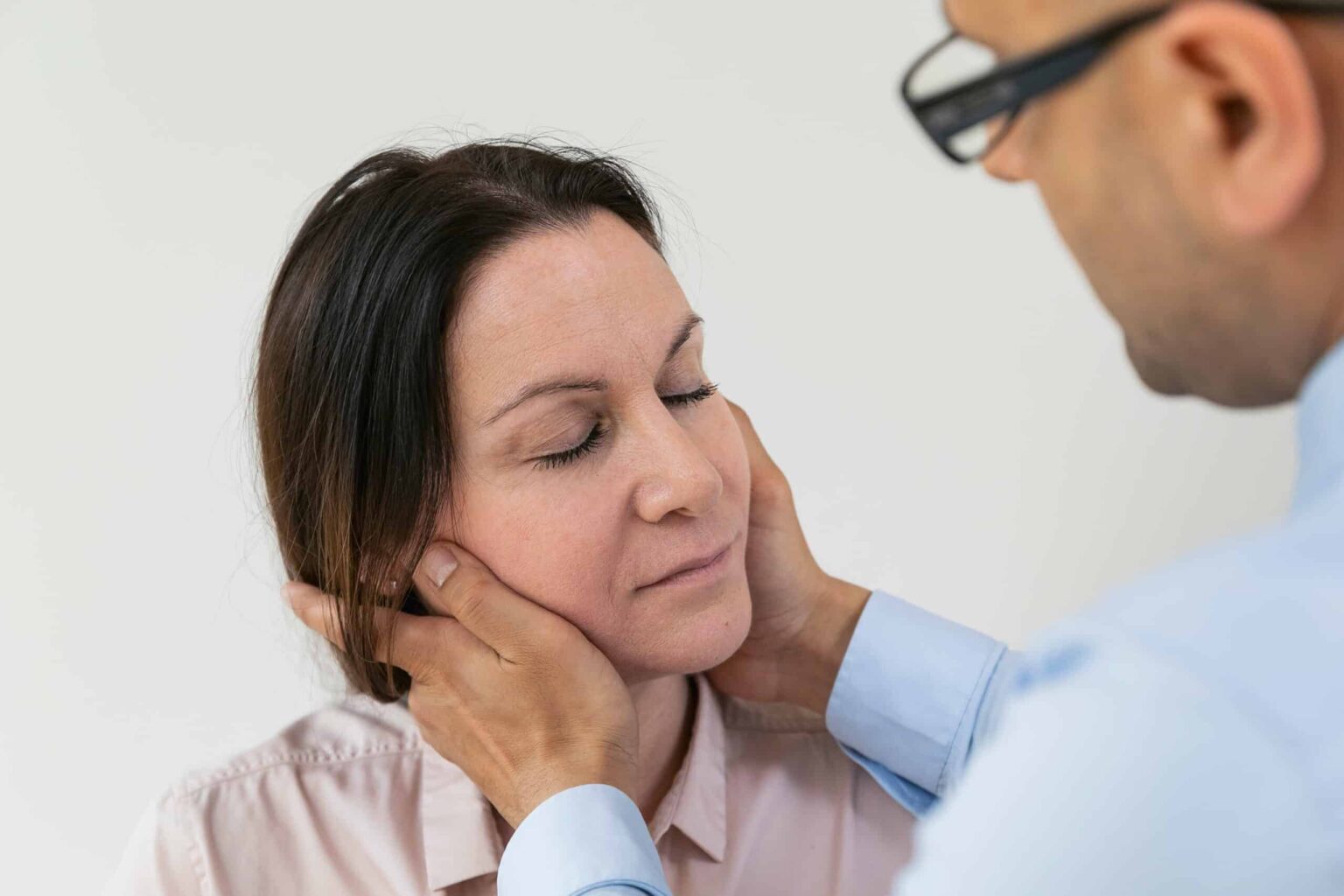
Jaw joint pain
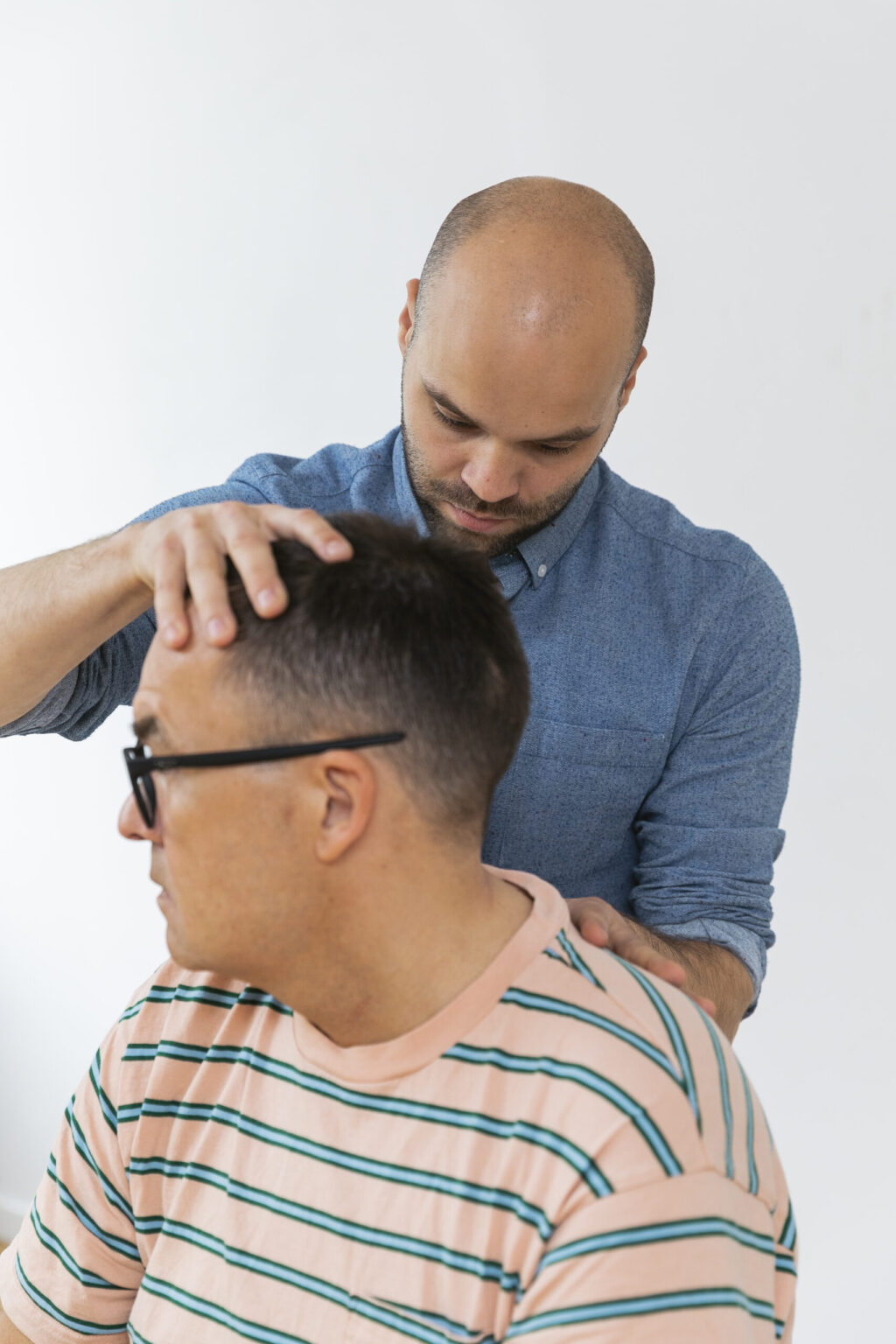
Brain hemorrhage
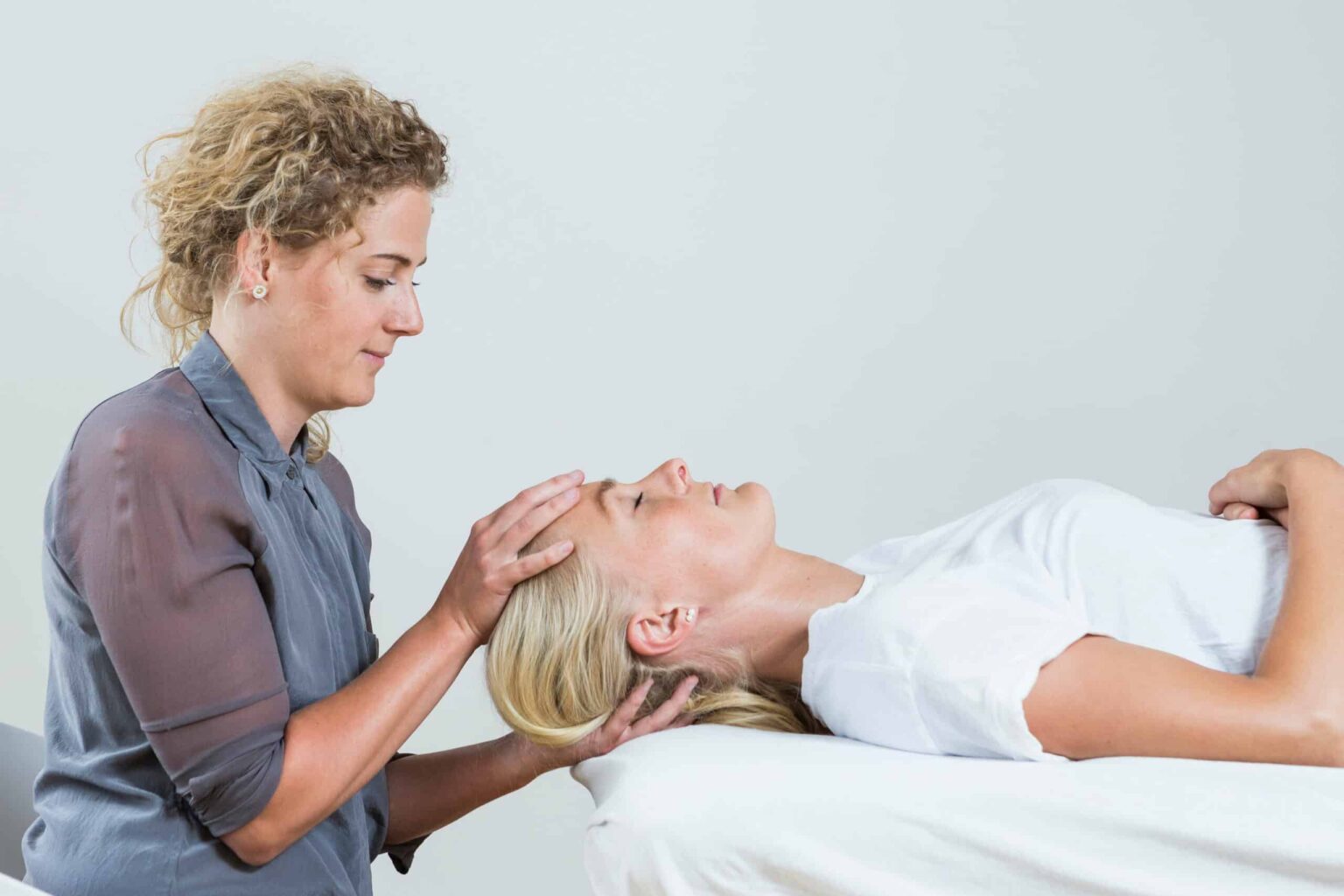
Post-traumatic headache
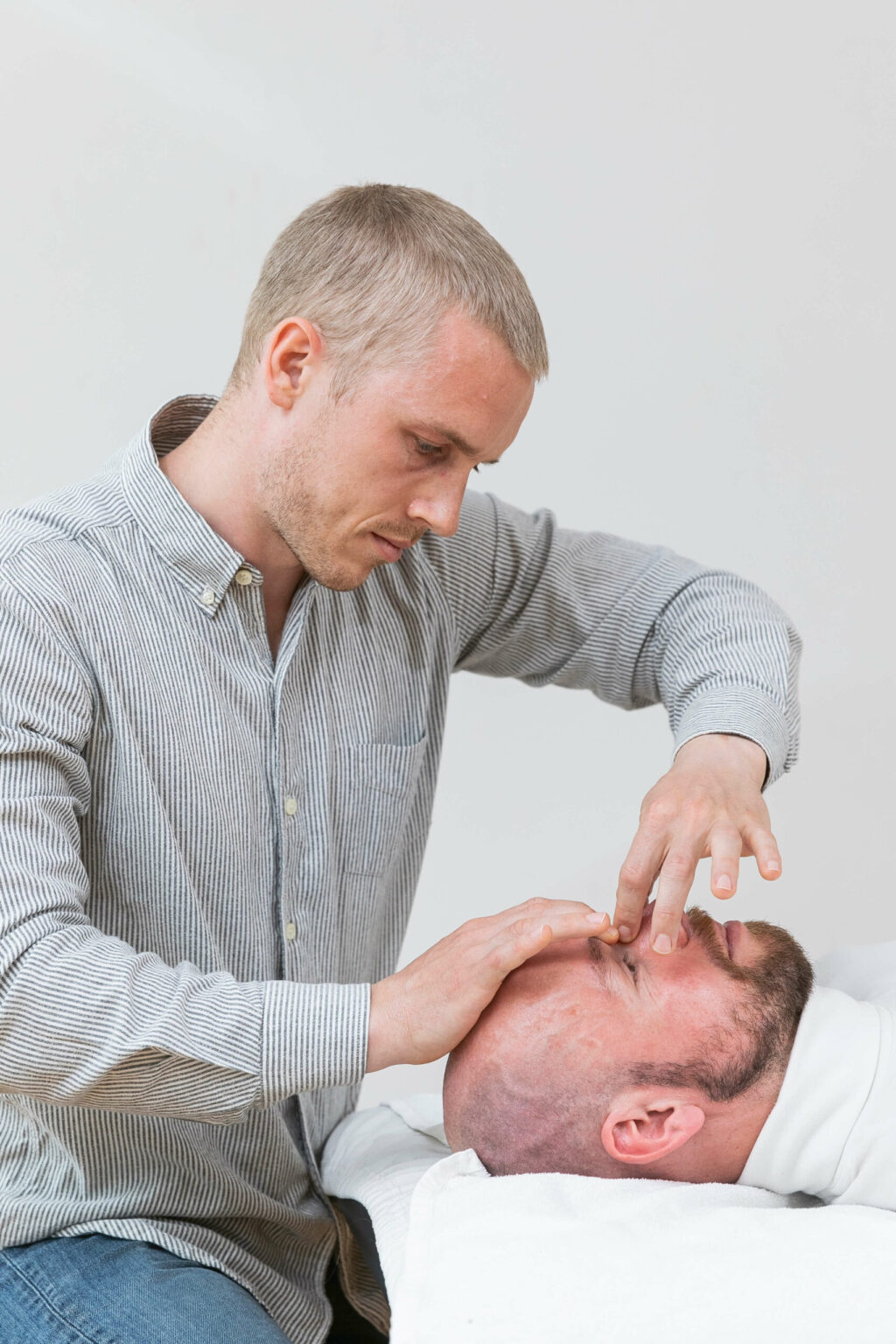
Sinusitis

Tinnitus
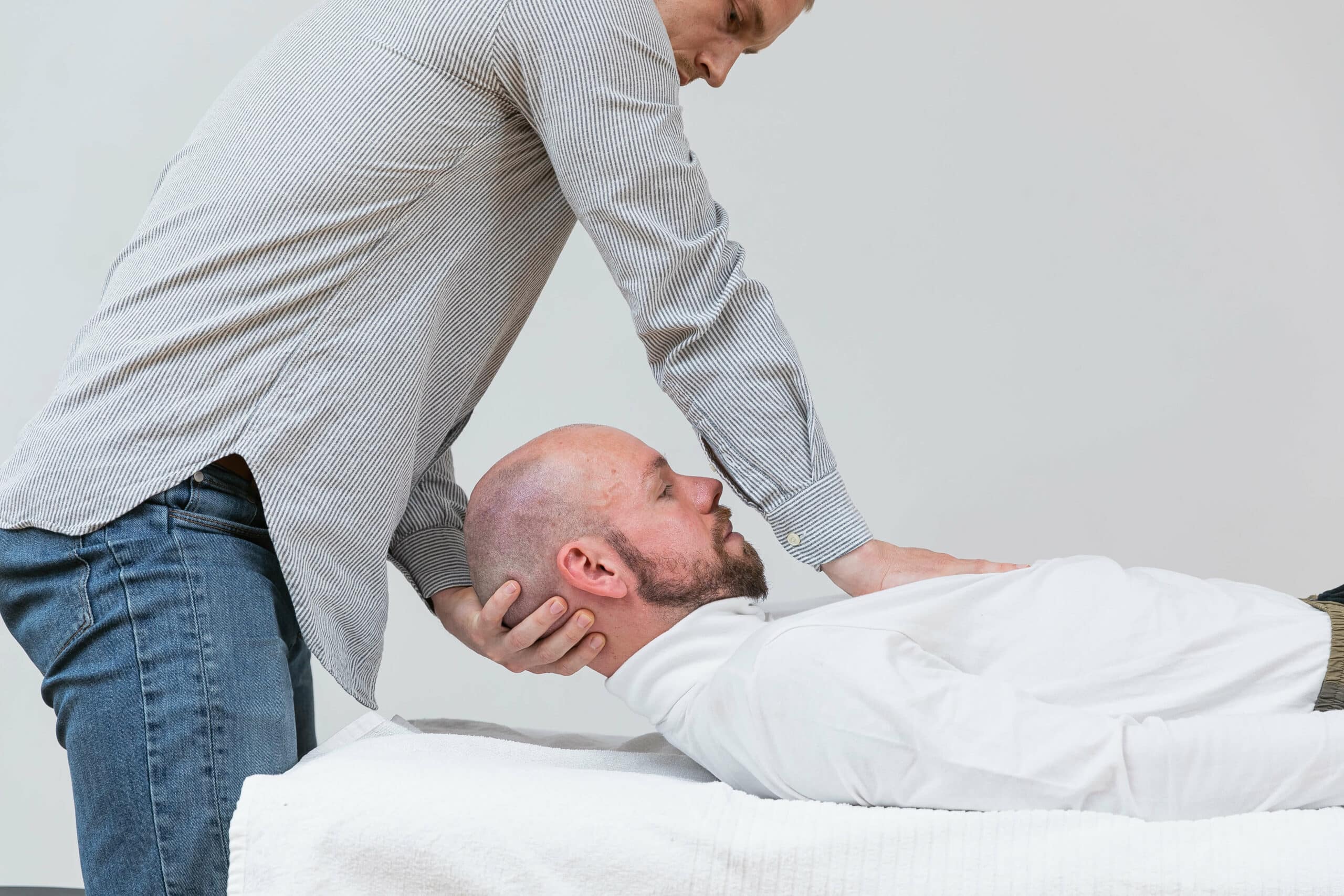
Vestibular dysfunction

Maxillary sinusitis

